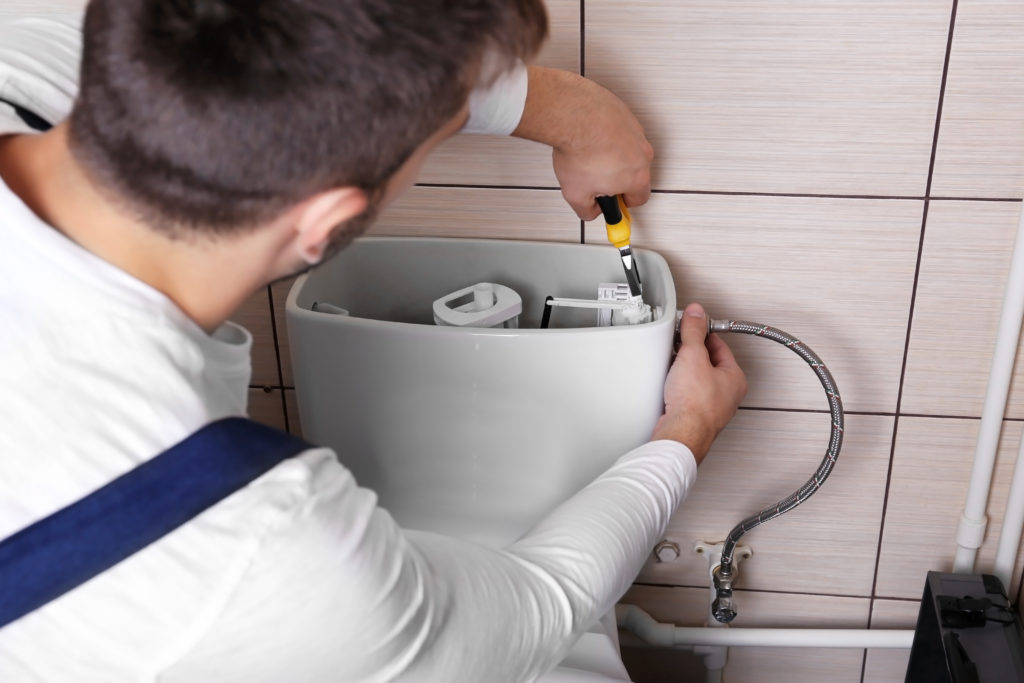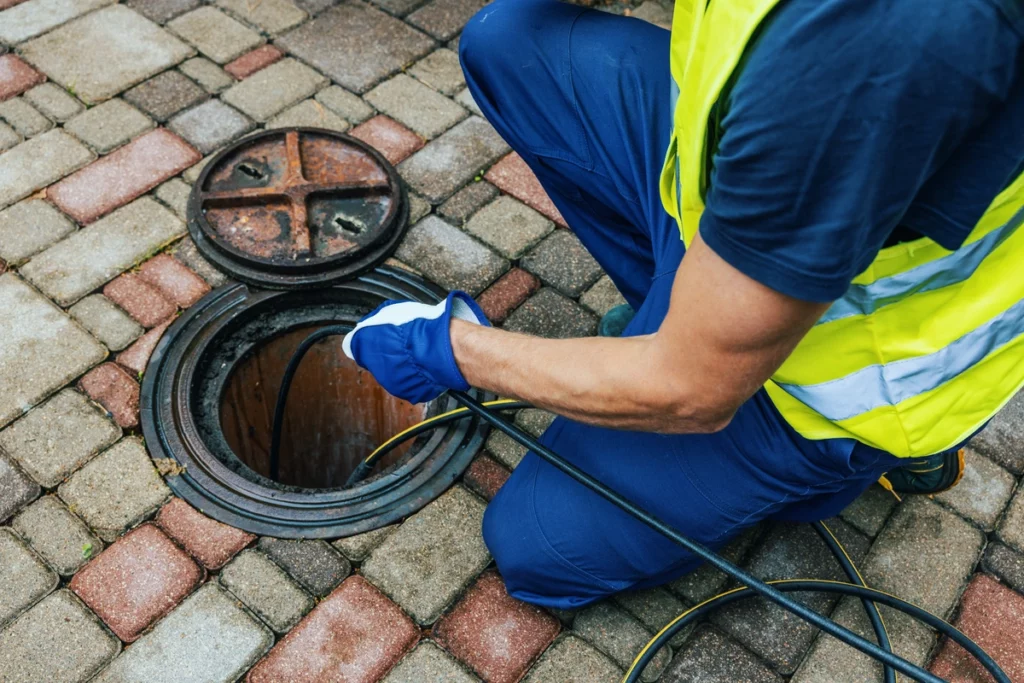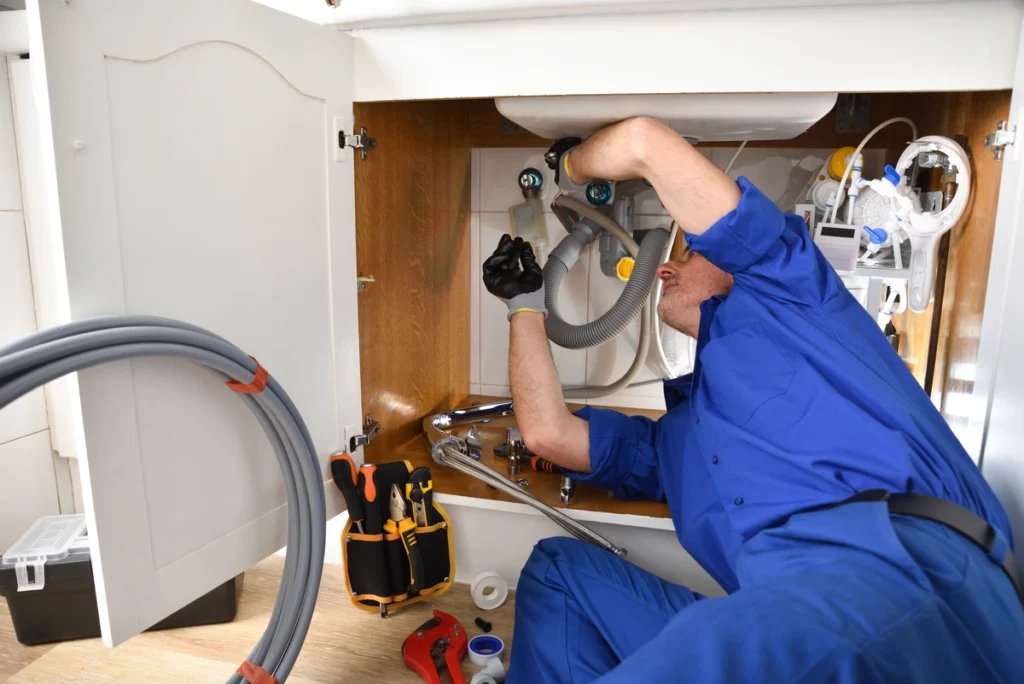Pedestal bathroom sinks have been a popular choice for use in homes for decades!
This is no surprise to use because of the many benefits like simple design and smaller size to create more space in your bathroom. While pedestal sinks are favored by many homeowners, they also have disadvantages that you should consider before making the purchase.
Follow along as we explain the pros and cons of pedestal bathroom sinks. That way, you have confidence in your decision when buying a new sink for your bathroom. We will also cover the sink installation process and what tools you will need.
What Are Pedestal Sinks?
Pedestal sinks are a type of sink that is elevated on a pedestal or small platform. Often times you will find these sinks made from beautiful vitreous china with traditional designs woven into many of them, which gives your bathroom a style that you would find in the early 20th century.
These sinks aren’t just authentically vintage in appearance, but they’re also practical. Many homes, apartments, or smaller homes may favor these types of sinks in their restrooms due to their minimalist design that emphasizes focus on the parts of the sink that matter: a basin bowl and faucet.
Pros of a Pedestal Bathroom Sink
We know that choosing the right bathroom sink is a difficult decision, and there are many factors to consider, such as:
- What style of bathroom do you want?
- How much space do you have?
- How many people will regularly use it?
- What is your bathroom’s purpose?
However, pedestal bathroom sinks come with plenty of benefits that are bound to snatch your attention.

Durable
Manufacturers build pedestal sinks to last. The pedestal sink is a common fixture in bathrooms, and as such, it has evolved over the years to suit a more modern appeal.
As opposed to many bathroom fixtures that new innovations have replaced, pedestals remain one of the most popular choices for any bathroom remodel because they’re both durable and timeless.
A pedestal sink can last a lifetime with minimal maintenance, as long as it’s cared for properly.
Great for Smaller Spaces
If you’re looking for inspiration to accommodate a small restroom, pedestal sinks are an excellent option for you. They only take up one side of your bathroom and don’t require any floor work as most other sink types do.
Cons of a Pedestal Bathroom Sink
A pedestal bathroom sink can be the perfect addition to a modern bathroom due to its minimalist design. Many homeowners see them as adding an air of sophistication and can also make a small bathroom feel more spacious.
However, pedestal sinks do have their disadvantages, such as:
- No storage space below the sink due to their design
- Difficult to install—they typically require a plumber to install them
- Potentially more expensive than other sinks
Here are a few more downsides to pedestal sinks.
No Counter Space
Since these sinks have a minimalist design, they also offer minimal counter space. While it’s not an ideal choice for many, you can install additional shelving throughout your bathroom to make up for this characteristic.
Visible Pipes
Pedestal sinks don’t have any cupboards to shield the draining and supply pipes, meaning that these will be exposed and possibly cause an eyesore.
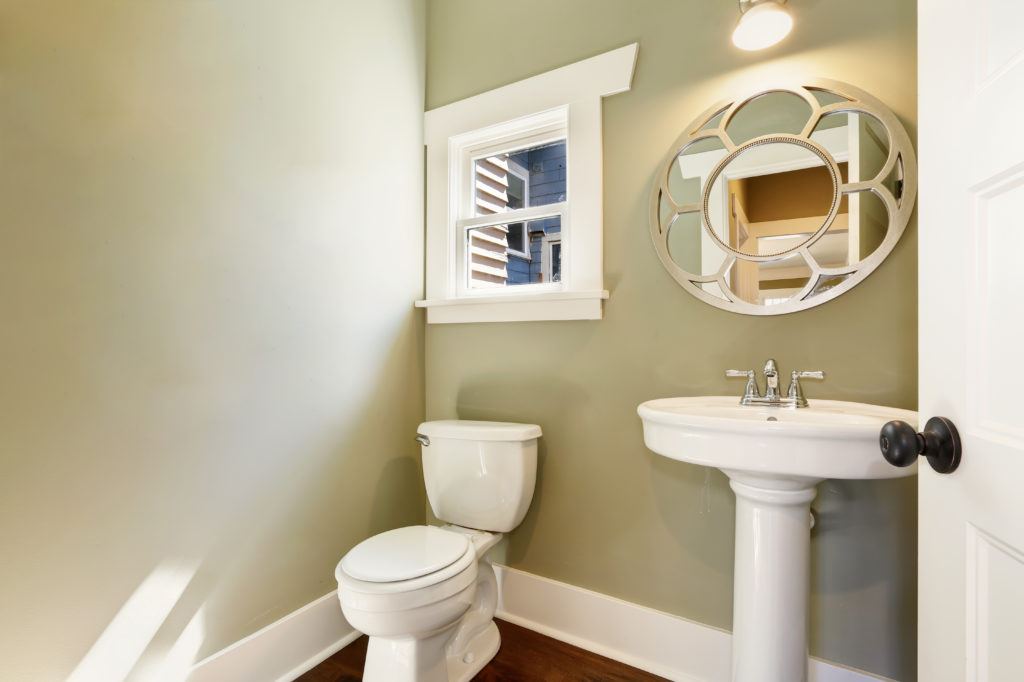
How to Install a Pedestal Bathroom Sink
It may be in your best interest to contact a professional. However, if you insist on dealing with all the headache that comes with pedestal sink installation and the plumbing that comes with it, consider these tips.
Tools and Materials Needed
Before beginning with installing your new sink, the following are tools that you will need for pedestal sink installation:
- Adjustable wrench
- Drill
- Pipe wrench
- Pencil
- Sockets
- 2-foot level
- Large slip-joint pliers
- Socket wrench with an 8-inch extension
- Tape Measurer
You will also need these materials before you begin:
- Teflon tape
- Drain assemblies
- Faucet
- P-trap assembly
- Plumbing putty or silicone sealant
- Pedestal sink—whatever make and model that you choose
Steps to Install a Pedestal Sink
One of the best parts of pedestal sinks is their fairly simple installation. The main difficulty we hear from homeowners is not from the sink itself, but from the plumbing. While we will happily provide the steps to install a pedestal sink in your bathroom, the installation process might look a little different depending on the status of the current sink you are replacing.
To install your pedestal sink, ensure you follow these steps:
- Shut off your water
- Disconnect the pipes and remove old sink
- Cut open the wall and inspect old drain pipes
- Mark the locations for new plumbing, reroute, and install new lines
- Install your sink and drywall backers, then close off the wall
- Cut and fit the supply tubes
- Connect the drain
- Turn on your water
- Check for leaks
If you’re not feeling super confident about tackling this DIY install yourself, it might be a worth the cost to contact your local plumbing professional to get the job done right. This way, you won’t have to spend your Saturday hunched under the sink between trips to the hardware store, and you will rest easy knowing the new sink is working perfectly!
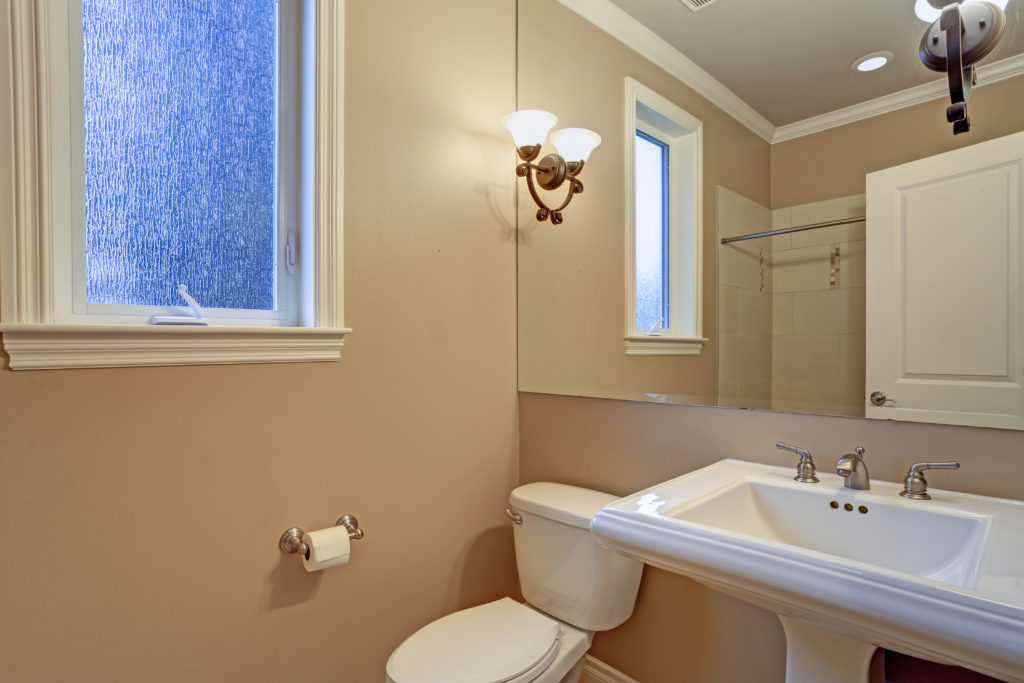
Making the Best Choice for Your Bathroom
Regardless of the type of sink you pick for your home, it’s crucial to hire a quality plumber to install it correctly. While many homeowners are tempted to try a DIY installation, these often end in slow leaks, or improper practices that can lead to early replacement of your newly installed sink.
If you want a seamless installation of your new sink, make sure to reach out to licensed and well reviewed plumbing professional. If you happen to be located near the Twin Cities, make sure to contact our team of plumbing experts at AJ Alberts! Not only will we be able to handle our bathroom plumbing projects, but we’re experienced in handling all plumbing issues ranging from main water line leaks to a clogged drain. Contact us today to learn more!



